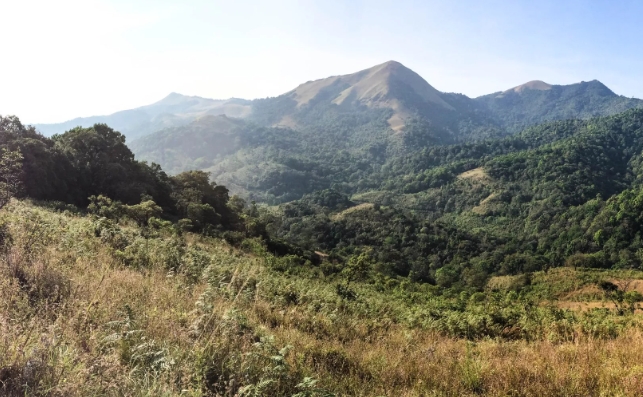The Indian Subcontinent is home to a wealth of geological wonders, from towering mountains to vast plains, lush forests to arid deserts. Let’s explore some of the most fascinating geological formations found in this diverse region.
The Mighty Himalayas:
The Himalayas, the tallest mountain range in the world, stretch across the northern part of the Indian Subcontinent. These majestic peaks were formed millions of years ago as the Indian tectonic plate collided with the Eurasian plate. The Himalayas are still rising, with some peaks gaining height every year.
The Thar Desert:
Located in the northwest of India, the Thar Desert is one of the largest deserts in the world. This arid landscape is characterized by vast stretches of sand dunes, rocky outcrops, and sparse vegetation. The desert was formed over thousands of years as a result of a lack of rainfall in the region.
The Deccan Plateau:
The Deccan Plateau is a large, flat-topped tableland in southern India. This geological formation was created by volcanic activity millions of years ago, which resulted in the eruption of lava flows that solidified over time. The Deccan Plateau is home to lush forests, rivers, and waterfalls, making it a diverse and geologically rich region.
The Western Ghats:
The Western Ghats are a mountain range that runs parallel to the western coast of India. These ancient mountains are a biodiversity hotspot, home to a wide variety of flora and fauna. The Western Ghats were formed as a result of the collision of the Indian plate with the Eurasian plate, leading to the uplift of the land.
The Sundarbans:
The Sundarbans is a unique ecosystem located in the delta region of the Ganges and Brahmaputra rivers in India and Bangladesh. This mangrove forest is teeming with wildlife, including the elusive Bengal tiger. The Sundarbans were formed by the deposition of sediment carried by the rivers over thousands of years, creating a rich and fertile habitat.
In conclusion, the Indian Subcontinent is a treasure trove of geological wonders waiting to be explored. From the towering peaks of the Himalayas to the lush forests of the Western Ghats, this region is a testament to the Earth’s geological history and processes. Next time you visit India, make sure to take the time to appreciate and marvel at its incredible geological formations.

